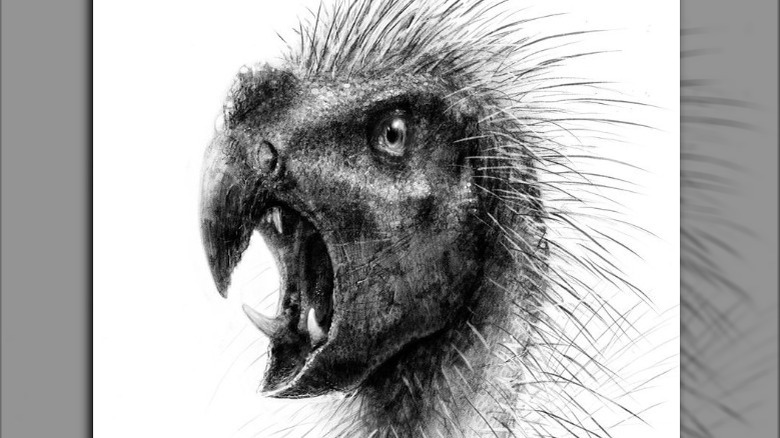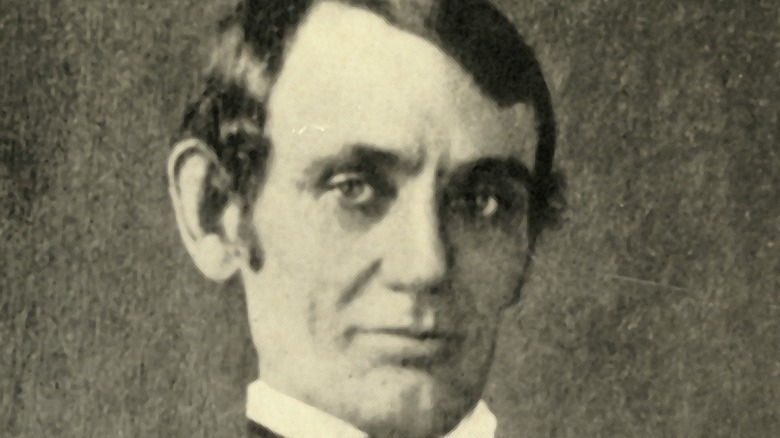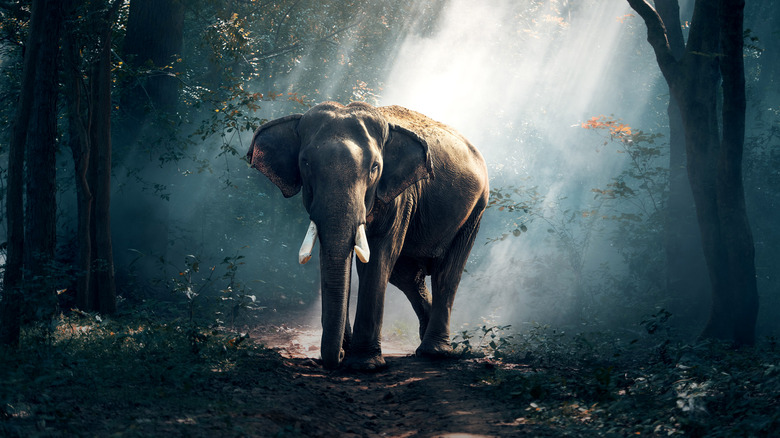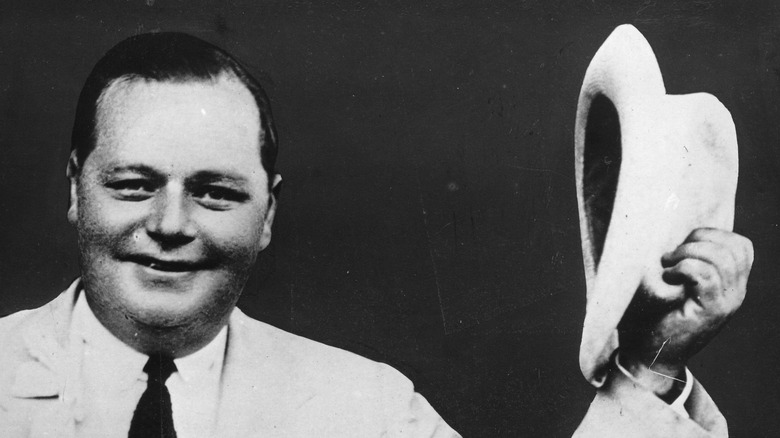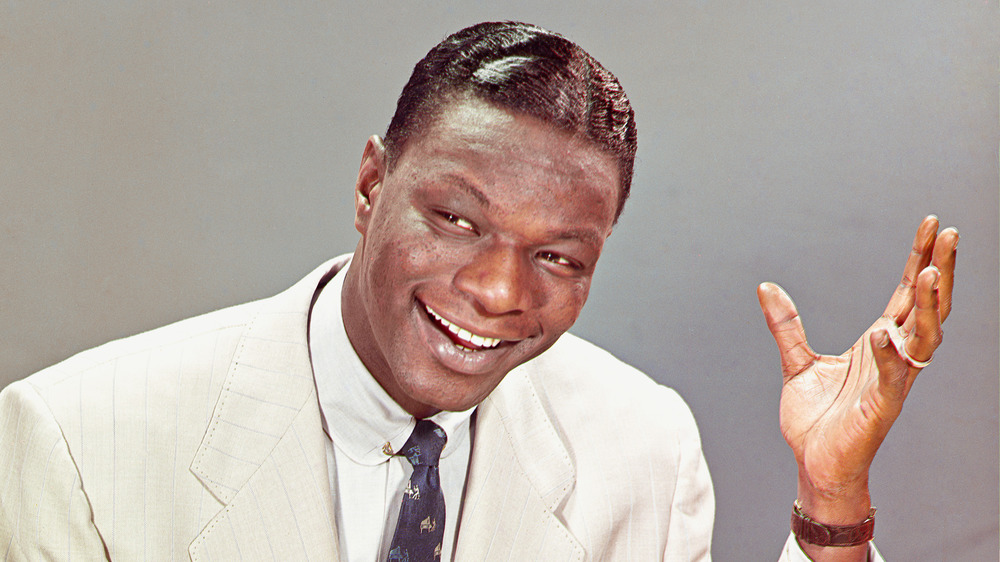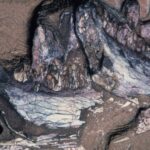
What You Might Not Know About The Pegomastax Dinosaur
You might not remember learning about the Pegomastax africanus dinosaur from the children’s TV show “Dino Dan.” or even its successor, “Dino Dana.” Your grade school teacher might not have included it in the class discussions about Tyrannosaurus Rex, Triceratops and the Allosaurus, and the fossils these prehistoric animals left behind.
That’s because the Pegomastax is (relatively) newly discovered, first announced in 2012, according to Time magazine. While the first fossils were discovered in an African dig during the 1960s, and then sent to Harvard University’s paleontology collection, no one truly appreciated what the find represented. That is, until Paul Sereno, a paleontology professor at the University of Chicago, got a good look at them while a graduate student in 1983. “My eyes popped, as it was clear this was a distinct species,” he said to The New York Times. Years lapsed as Sereno pursued his career. “All the while since then, I wondered if anyone else might spot the creature hiding among the lab drawers.”
By the time Sereno returned his attention to the Pegomastax remains, they were in the South American Museum in Cape Town, said the Times. The publication also explained that Sereno was an explorer-in-residence with the National Geographic Society, which partly supported his research on the new dinosaur. The Pegomastax was unusual for a dinosaur, looking little like what you’d expect: an amalgam of animals like the porcupine, snake, parrot, and cat.
A dinosaur you could bring home
Although the Pegomastax embraced vegetarianism, the dinosaur had a parrot-shaped beak with sharp teeth, including a pair of fangs. It was “very rare that a plant-eater like Pegomastax would sport sharp-edged enlarged canines,” Sereno told The New York Times. He believed that the animal used them “for nipping and defending themselves, not for eating meat.” There’s a reason the dinosaur is called Pegomastax africanus, which translates to “thick jaw from Africa” (via Slate).
Another surprising thing about the new species was its size: With a body length less than two feet and a weight not more than a small cat, the Pegomastax was teeny-tiny for a dinosaur. You can picture them “scampering around between the toes of other dinosaurs at the dawn of the dinosaur era,” Sereno said to National Geographic.
The animals also had porcupine-styled quills and lived amid southern Africa’s forests, close to the rivers just as the supercontinent Pangaea started separating into two sections. The Pegomastax “would have been covered by a bristle-like covering, making it perhaps less appetizing, where another dino sort of snorts it for lunch,” said Sereno to WBUR. Sounds ugly-cute, right? But would the Pegomastax make a good pet today?
“I think the question would be could you train it not to nip you, something we have to train our dogs,” Sereno mused to the broadcast outlet. All we need is for time travel to happen, and you can have your very own teeny-tiny dinosaur to love.

How Thomas Edison Was Responsible For Annie Oakley's Acting Career
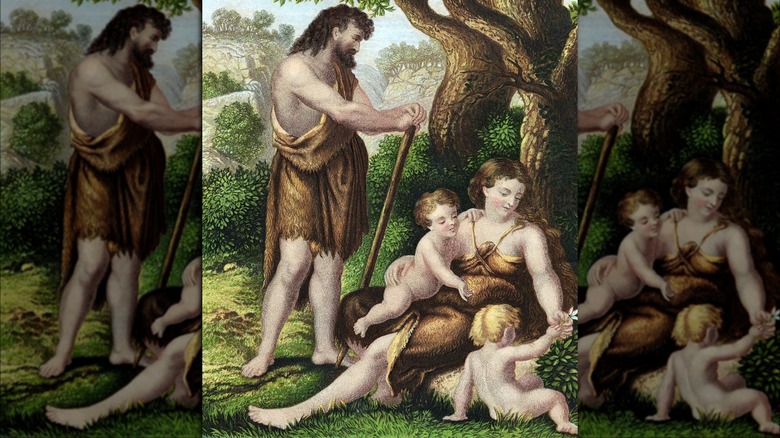
The Untold Truth Of Adam And Eve's Daughters
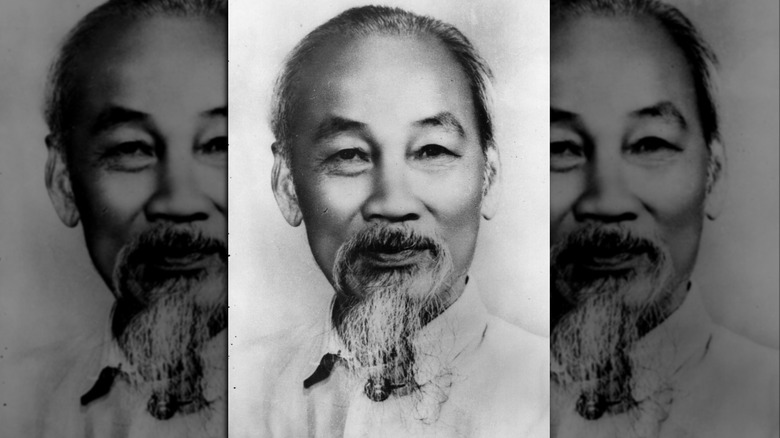
What You Should Know About Ho Chi Minh

How Galileo Galilei Spent His Final Months Before Death
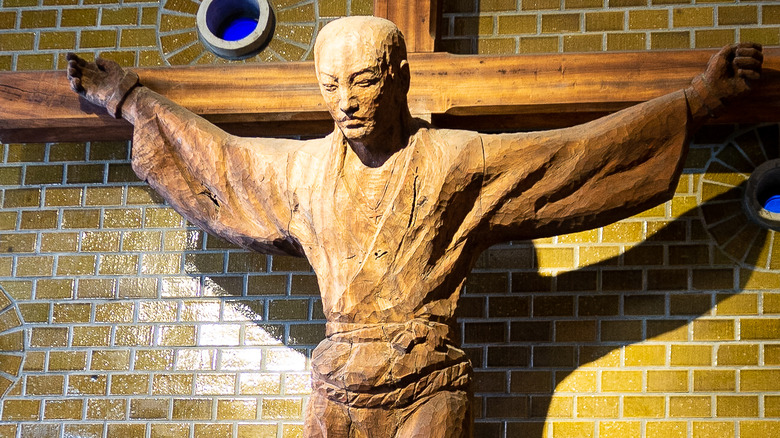
The Horrifying Way Feudal Japan Tried To Eliminate Christianity

The Truth About The Lost Leonardo's Dianne Modestini

Inside The Time Hells Angels Sued Marvel
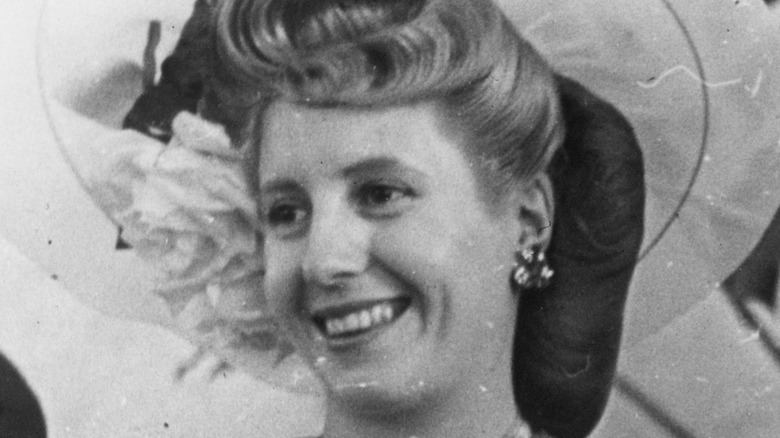
Evita's Body Was Stolen. Here's What Happened

How Many Victims Were There In The Tulsa Race Massacre?

The Truth About Yellowstone's Zone Of Death
